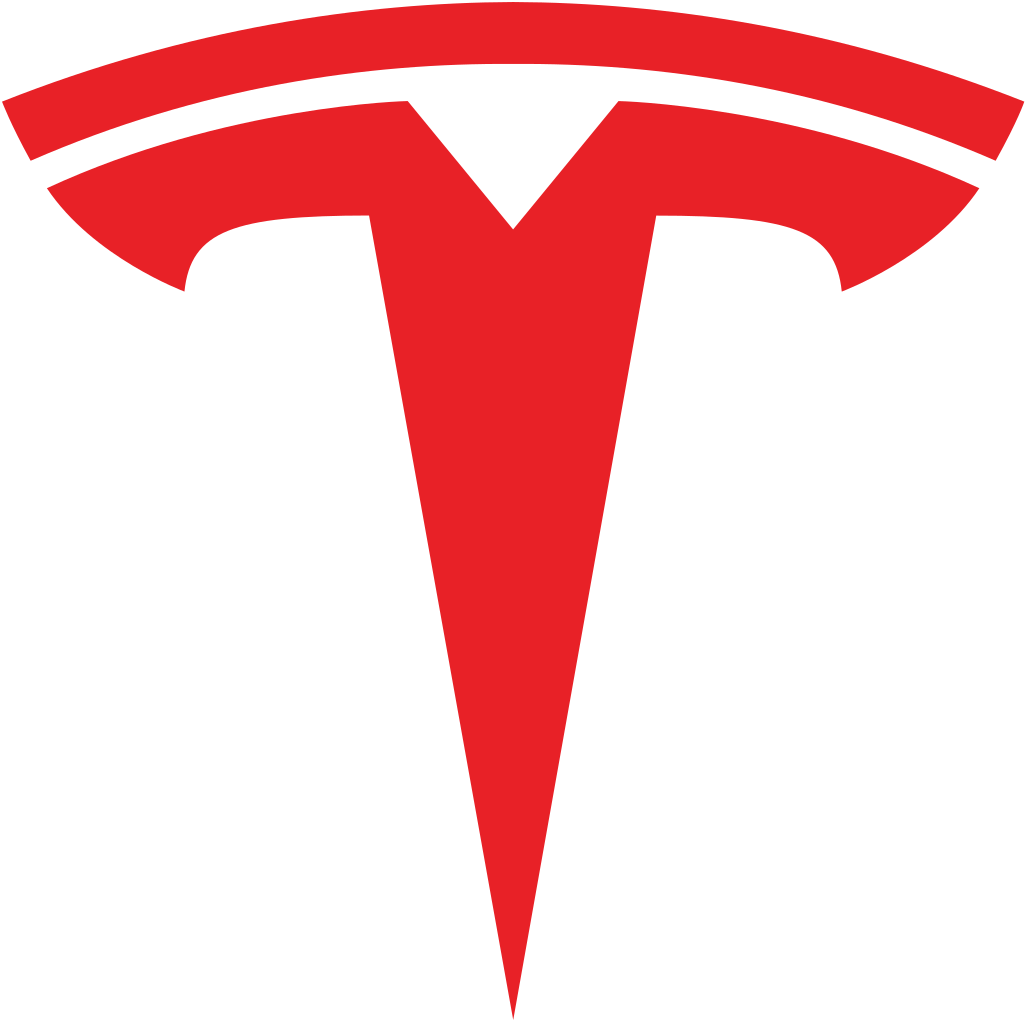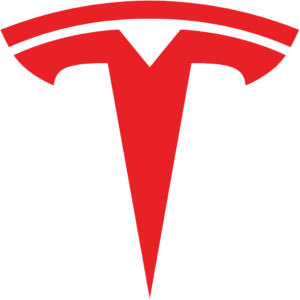Finally! Tesla’s 3rd quarter financial results are in and as predicted by many, the results are a blowout! Tesla crushed almost every line item’s results. Here are a few noteworthy examples.
- Automotive gross margin up from 25.5% and less the previous four quarters to 27.7%, up 72% year on year (YoY)
- Total revenues $8.771 B, up 39% YoY; total automotive revenues $7.611 B, up 42% YoY
- Free cash flow $1.395 B, up 276% YoY
- Cash and equivalents $14.531 B, up 172% YoY
- Operating margin up from 5.4% and less the previous four quarters to 9.2%
- Solar deployed (MW) up from Q2’s 27 MW to 57 MW, up 33% YoY
- Storage deployed MWh) up from 419 MWh in Q2 to 759 MWh in Q3, up 59% YoY
- Supercharger stations up to 2,181, up 32% YoY
- Supercharger connections (cables) 19,437, up 33% YoY, (8.9 cables per station)
- GAAP Net income $331 Million with $397 of revenue in regulatory credits, and after accounting for Elon Musk’s stock bonuses worth some $250 to $280 million, a non-cash transaction
- This is the fifth quarter in a row Tesla has been profitable.
Tesla’s Q3 results were exemplary, especially in view of this year’s COVID pandemic that has almost every other global automaker down some 10% to 25% in sales. In addition, Tesla is building three new state-of-the-art auto production plants concurrently, as well as building and operating a completely new 4680 battery production line of its own. Lastly, Tesla is in the process of hiring thousands of new employees for its new third shift in Shanghai, three new auto production plants plus Fremont, its one solar plant, plus engineering and support staff throughout the growing organization.
This is all great news for Tesla, its investors, and the sustainable energy movement in general. However, what really caught my eye in Tesla’s presentation material and Elon’s press conference remarks were two other items.
On page seven of the presentation deck, in the top right corner there is a chart showing Tesla’s “installed annual capacity”. What is notable about this chart is that it shows Gigafactory Texas (Austin) producing only Model Ys and Cybertrucks. Below that Tesla lists the production location for its Semi and Roadster as (somewhere in) the United States! That seems to me to be sensible, as the Y and Cybertruck will be high volume production, while the Semi will be produced at a much lower volume, with the Roadster’s production miniscule by comparison.
In my judgement Tesla will soon announce another US production plant for the Semi and Roadster. I suspect its location will be Tulsa, OK. I think Tulsa really made a great impression on Elon when it was competing with the winning Austin location. If not Tulsa for the Semi and Roadster, then Atlanta or Nashville. Stay tuned!
In what was rapturous music to my manufacturing strategy consultant’s ears, Musk then went on in his press conference to discuss Tesla’s extreme degree of vertical integration as a key differentiator versus all existing auto manufacturers, and a certain guarantee that the majority of them will never catch up with Tesla. Musk pointed out that Tesla wants to make innovative and significant improvements to its cost structure, product quality, and manufacturing capacity, whether for batteries, cars, trucks, solar panel or roofing tiles, or battery storage units. When Tesla looks for the production equipment they need to accomplish this, it doesn’t exist in any supplier’s catalog. The result is that Tesla ends up designing and producing the great majority of its own production equipment! This is and will continue to be the key to Tesla’s manufacturing superiority – designing and producing the machines and software that build the machines.
In contrast the entire rest of the current auto industry depends on picking production concepts and machinery and computer hardware/software from suppliers’ catalogs. Furthermore, all the manufacturers pick from the same global suppliers’ catalogs. How can these auto OEMs expect to be innovative when they are picking the same products as their competitors from last year’s products? The other aspect of this that Musk didn’t mention (in yesterday’s talk) was the speed that Tesla moves within its own organization by avoiding dealing with layers of suppliers each taking their cut of lead time and profits, and each adding to the risk of poor quality and late delivery.
There is so much EV news to write about – US states’ and countries’ ban on ICE-powered vehicles, GM’s recently announced GMC Hummer EV (or should that be Humor EV?), the great Hybrid con – to name but three items. I was going to include those articles here but doing so would make this post too long. I want to keep this article solely about Tesla and get it out on a timely basis. More later……..
Note: All of the background for the information in this article and more — both slide deck and Q&A Webcast – is available to at least Tesla investors on Tesla’s investor relations website: http://ir.tesla.com
Image courtesy of Pixabay
Your feedback in the form of comments or suggestions are welcome in the comment window. Thank you for following my blogs on this site and for participating in my blogging community.




